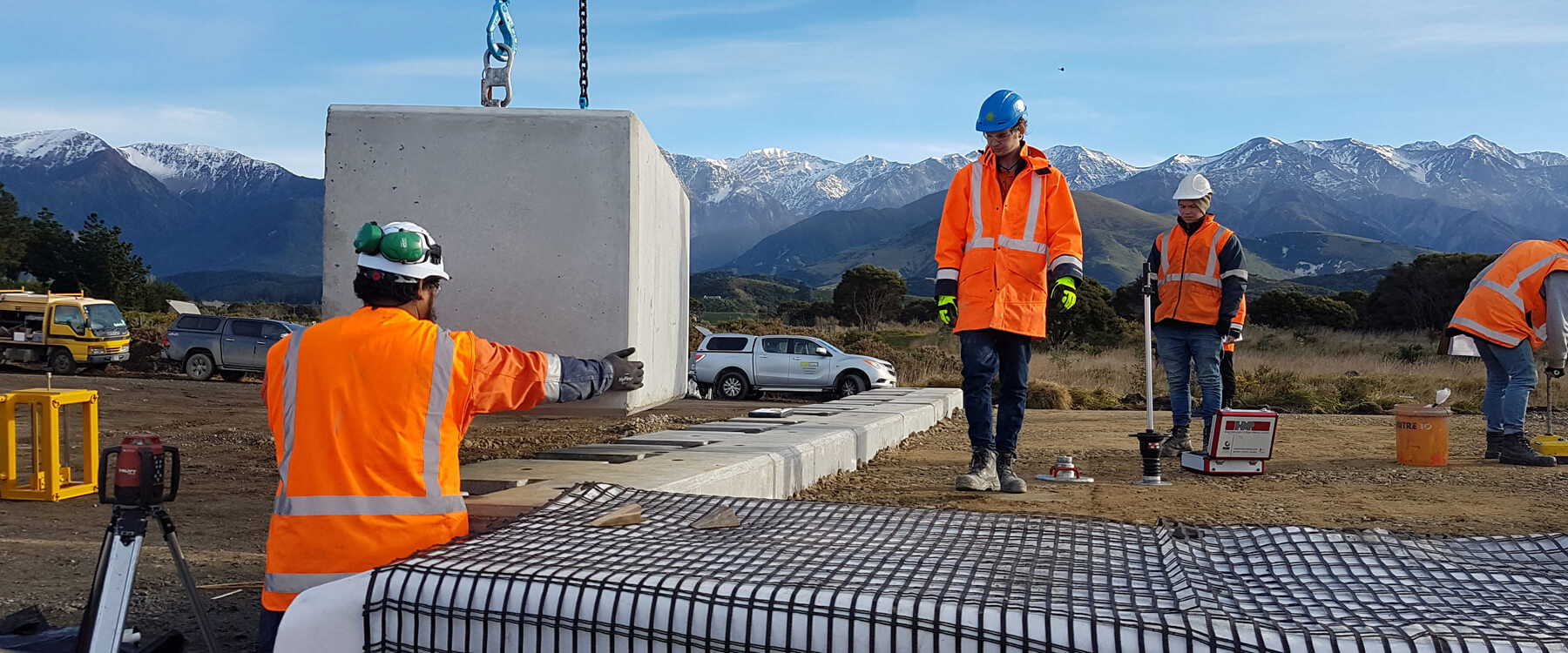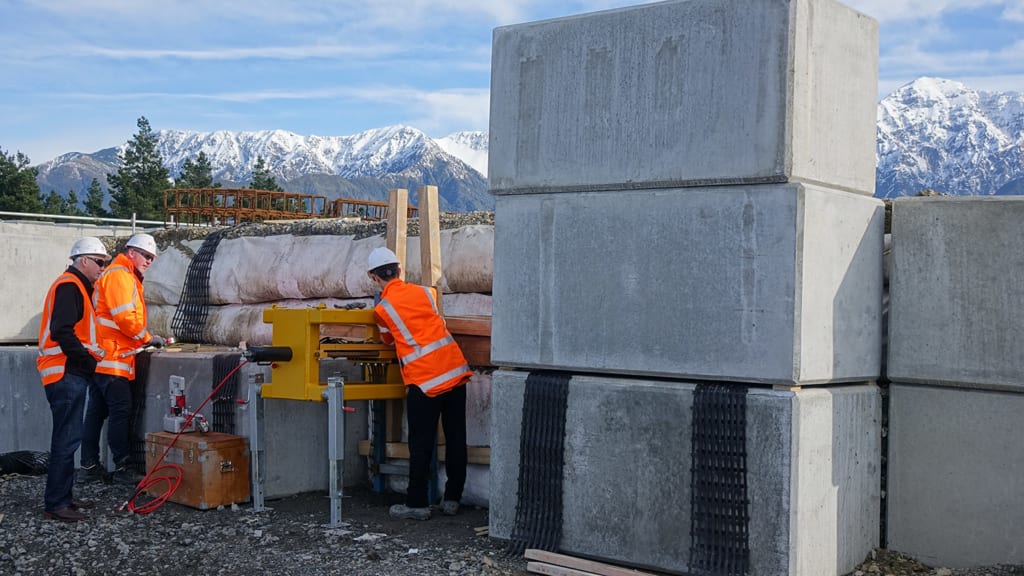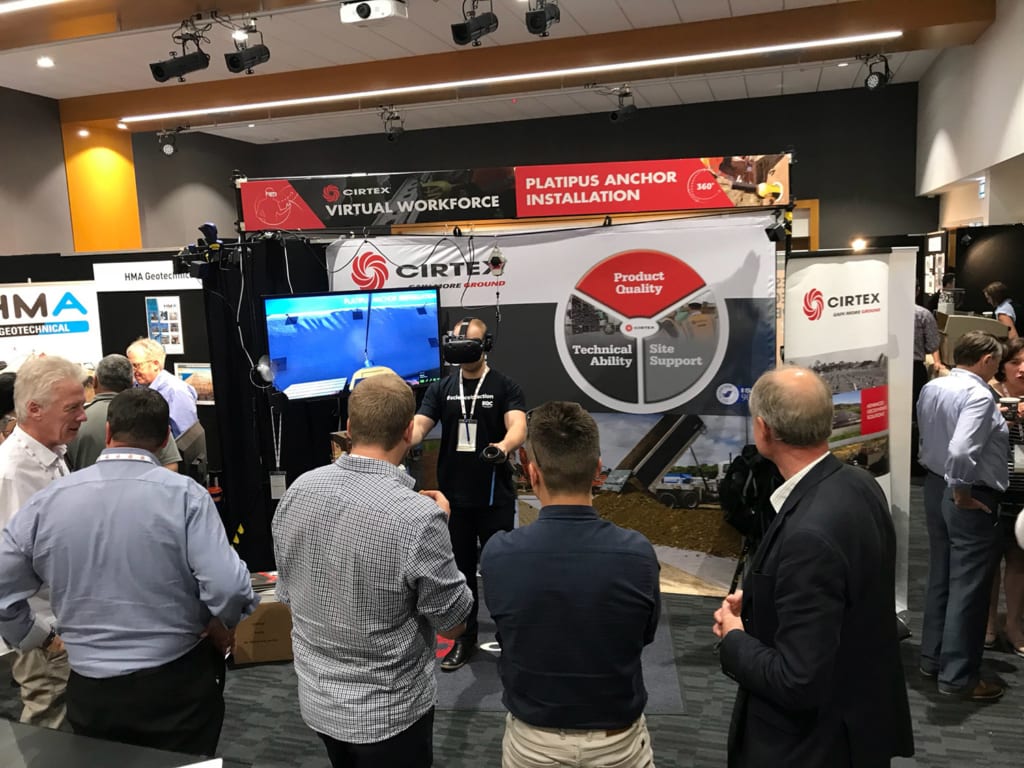Better outcomes through innovation
The Industry and the NZTA, along with other RCA’s in New Zealand are actively looking for innovation to provide better outcomes and lower costs, however innovation requires a change in the way we do things, a change in attitude and sometimes even a change in our written guidelines and codes. Are we backing up our quest for innovation with the necessary actions to enable new and better ideas to be implemented?
At the heart of this discussion lies a need to understand that innovation is a driver for better outcomes through reducing waste in resources such as materials and labour, allowing us to deliver more to our stakeholders. That is more bridges, more new roads, more safety initiatives etc with the available resources. Innovation is not and never has been about cutting corners.

This requires a collaborative approach between stakeholders, and a forum where alternative ideas can be explored in a non-judgemental environment, something which I believe our industry is doing quite well in the current environment, with acceptance of alternative solutions now a common concept. This paper explores the advantages of going further and developing a framework to formalise approvals when a new concept becomes available, and not just rely on contractors to advance ideas as alternative to written spec. Consultation is usually perceived as a time consuming and laborious process with an uncertain outcome, so there is a strong incentive for a tenderer to default to the old method that has been approved before.
An example of a construction method commonly used overseas but not widespread in New Zealand is presented as an example, and suggestions for better outcomes are discussed.
The opportunity

A challenge we need to consider is the potential for a disconnect between the intentions or desire of the agency or any Road Controlling Authority, and the actions or decisions which are made on the front line. Are we getting the decisions at the coal face that truly reflect the intentions of the Principal or client? This requires effective communication within the RCA, to ensure the intentions are communicated to the front line, and feedback from the market is relayed back to senior decision makers and also that the process itself is not so onerous, time consuming or complicated so as to remove the benefit in practice even when the intentions are right. This is a specific area of opportunity that we can build on.
I have been involved for many years in the marketing of geosynthetic products throughout the country, which while not new products, having been in regular and common use for over 60 years, are still not considered traditional materials in the sense of aggregates, steel or concrete. It is difficult for a RCA to keep up to date with new technologies such as this unless it is driven by manufacturers who have ready access to the new technologies and the research around them. This manufacturer driven approach can result in a certain level of scepticism where the solution can be perceived to have more commercial benefit for the supplier than the client. Combine this with the danger of getting it wrong, and the obvious safety net of relying on established and well-prepared documents and manuals, and we have to answer the question, “are we opening the door” to innovation.
A practical example
So let’s look at a practical example of MSE or GRS bridge abutments. This discussion is not about bridge abutments, geosynthetics, or any specific solution, however I present this as an example of innovation. Firstly a quick note as to the terms, with MSE being Mechanically Stabilised Earth and GRS being Geosynthetic Reinforced Soil. In New Zealand, the Transfund Research Report No. 239 defines GRS as “Soil Reinforced with Geosynthetics” and MSE as “A generic term” The NZ Bridge Manual uses both the terms MSE and GRS and it is difficult to distinguish between them except that MSE incorporates steel and geosynthetic reinforcement while GRS incorporates geosynthetic reinforcement only. Therefore, MSE Walls with geogrid and GRS walls are treated as the same.

However, in the United States the terms are treated somewhat different. This is of interest to us because the AASHTO LRFD Bridge design specifications and the FHWA NHI-99-025 are listed in the NZTA Bridge manual as providing guidance for design. The key difference being that MSE structures are defined as having wider reinforcement spacing > 300mm and the reinforcement elements add tensile strength to reinforce the soil mass. The actual forces on the reinforcement elements are calculated and applied to each layer. However, the GRS system is defined as abutments built with a reinforcement spacing less than or equal to 12 inches that behave as a composite mass with predictable behaviour. The design approach is also quite different.
Now leaving behind the discussion (and potential confusion) around the terms, a geosynthetic MSE or GRS bridge abutment can be used as a structural element to support the bridge superstructure. This has the potential to bring benefit to the client and the road user with faster construction, lower cost, and more flexibility than a piled bridge design.
As of 2015 the US Federal Highway Administration reported that there are more than 200 bridges in 44 states and territories with GRS abutments, which provides plenty of case study for us to use. Also, I was privileged to attend the Geotechnical Frontiers Conference in Orlando Florida this year, where a case study was presented by Michael Simac of Earth Improvement Technologies on an integral bridge abutment project in South Carolina, which has been monitored for 16 years and is performing satisfactorily.

However, currently the New Zealand Bridge Manual refers to reinforcement elements as ‘inextensible’ (usually steel) or ‘extensible’ (usually geogrid) reinforcement, and then proceeds to state that “Inextensible (steel) reinforcement shall be used for reinforced soil walls and slopes supporting bridge abutments or where limiting the deformation of the wall is critical due to the presence of adjacent structures.” This in effect means that a GRS or geosynthetic MSE abutment cannot be used in New Zealand, even if we use a geosynthetic product that limits strain to very small tolerances, such as less than 1% which according to some design guides such as the BS8006 is defined as inextensible anyway.
Now I understand that the opportunity is there to apply for a departure from the manual, and this is encouraged and supported by the agency. However, I have had much feedback from the industry that this is seldom approved, and in most cases, is not now considered an option. Once again, I stress that this discussion is not about GRS abutments, but innovation. I am using this as nothing more than a worked example.
So in summary I have presented one opportunity as an example of how our current state of the practice may be inhibiting innovation.
Proposal and solution
Therefore, we have opportunity for increased productivity and better outcomes through innovation, if we can get better at opening the door. I will now present two suggestions which I believe will lead to better outcomes, and I am sure the industry will come forward with more options as well.
Firstly, I propose that product approvals from a RCA should focus solely on quality assurance of the product, and not dictate design processes. That is, a product is checked and approved in such a way that the user can be sure of the integrity of the data and the quality assurance processes, without restricting the designer in how this is applied. This approach allows for the professional engineering community to apply the products in the most innovative way.
Secondly, I propose that once a new technology or process is successfully used in a public project, with all the consultation and research associated with this, that the aforementioned process or system is documented in a formal way, such as an update or an appendix to the relevant code, so that resource is not wasted next time the system is used, and an innovative contractor can have greater confidence that a submission will have a successful outcome.

Conclusion
We have a very dynamic industry, we have a new government, and we have great people. We have world class infrastructure and world class designers. The world we live in has always been fast moving, but the acceleration of knowledge is exponential today. Let’s ensure as a team we have the framework in place to make the most of new ideas and innovation, after all that’s what New Zealand is all about.
References
American Association of State Highway and Transportation Officials (2014) LRFD Bridge design specifications, customary U.S. units, 7th edition. Washington DC, USA.
Munfakh GA, Samtami NC, Castelli RJ and Wang JN (1999) Earth retaining structures. Publication FHWA NHI-99-025, Federal Highway Administration of the US Department of Transport, Washington DC, USA
Murashev AK (2003) Guidelines for design & construction of geosynthetic-reinforced soil structures in New Zealand. Research report 239, NZ Transport Agency, Wellington.
British Standard BS8006-1 2010 Code of practice for strengthened/reinforced soils and other fills
NZTA Bridge Manual 3rd Edition
16 Year Performance Update: Geosynthetic Reinforced Soil Walls as Integral Bridge Abutment Walls. Michael R Simac, P.E., M ASCE and David J Elton, P.E., M. ASCE Michael Simac
At Cirtex, we aim to reach the very highest in industry standards, both in safety and customer satisfaction. If you have any questions about us, our history, safety records or anything else that we do, please don’t hesitate to contact us. Our friendly and experienced staff will be happy to help in any way they can.


